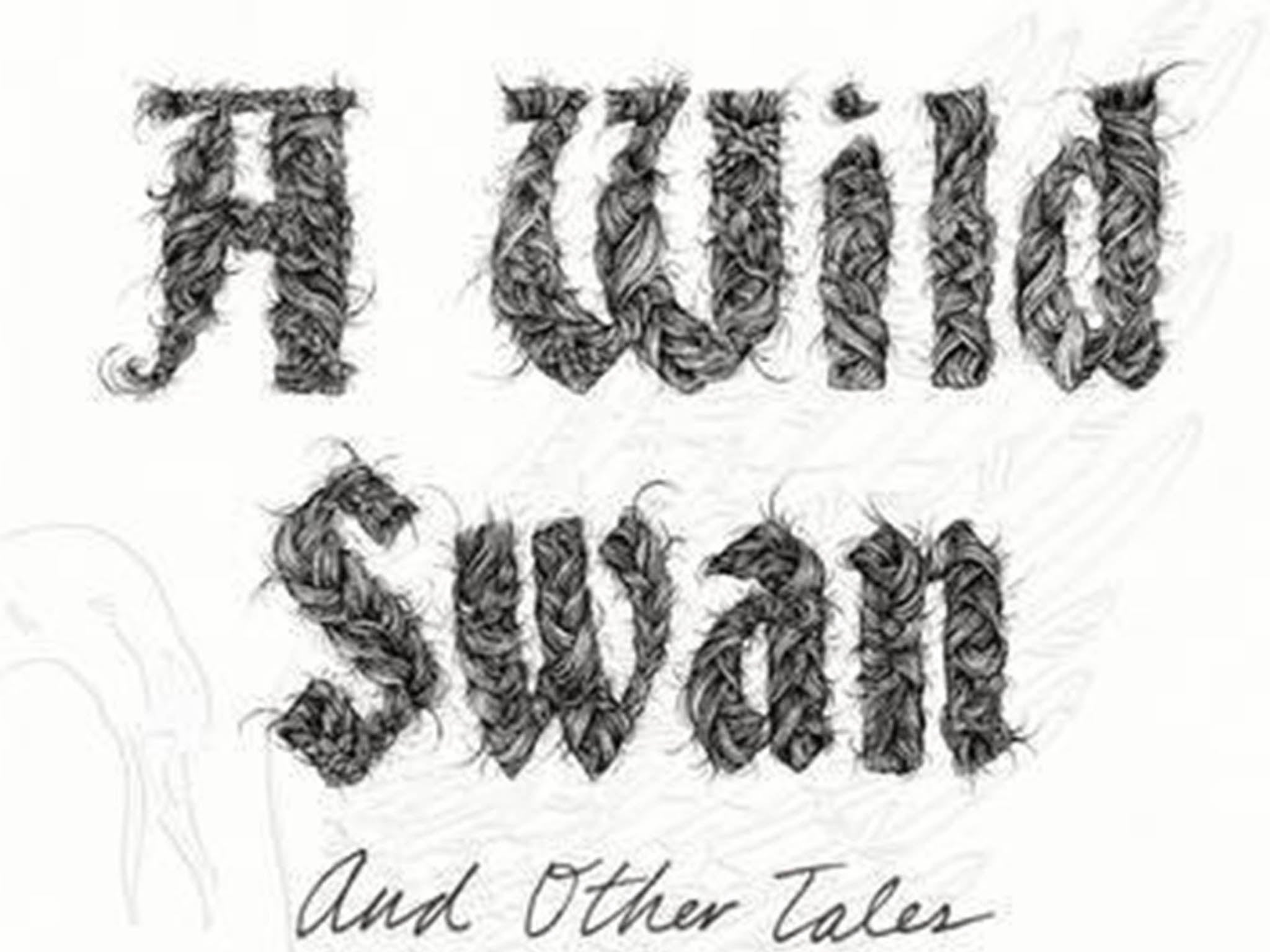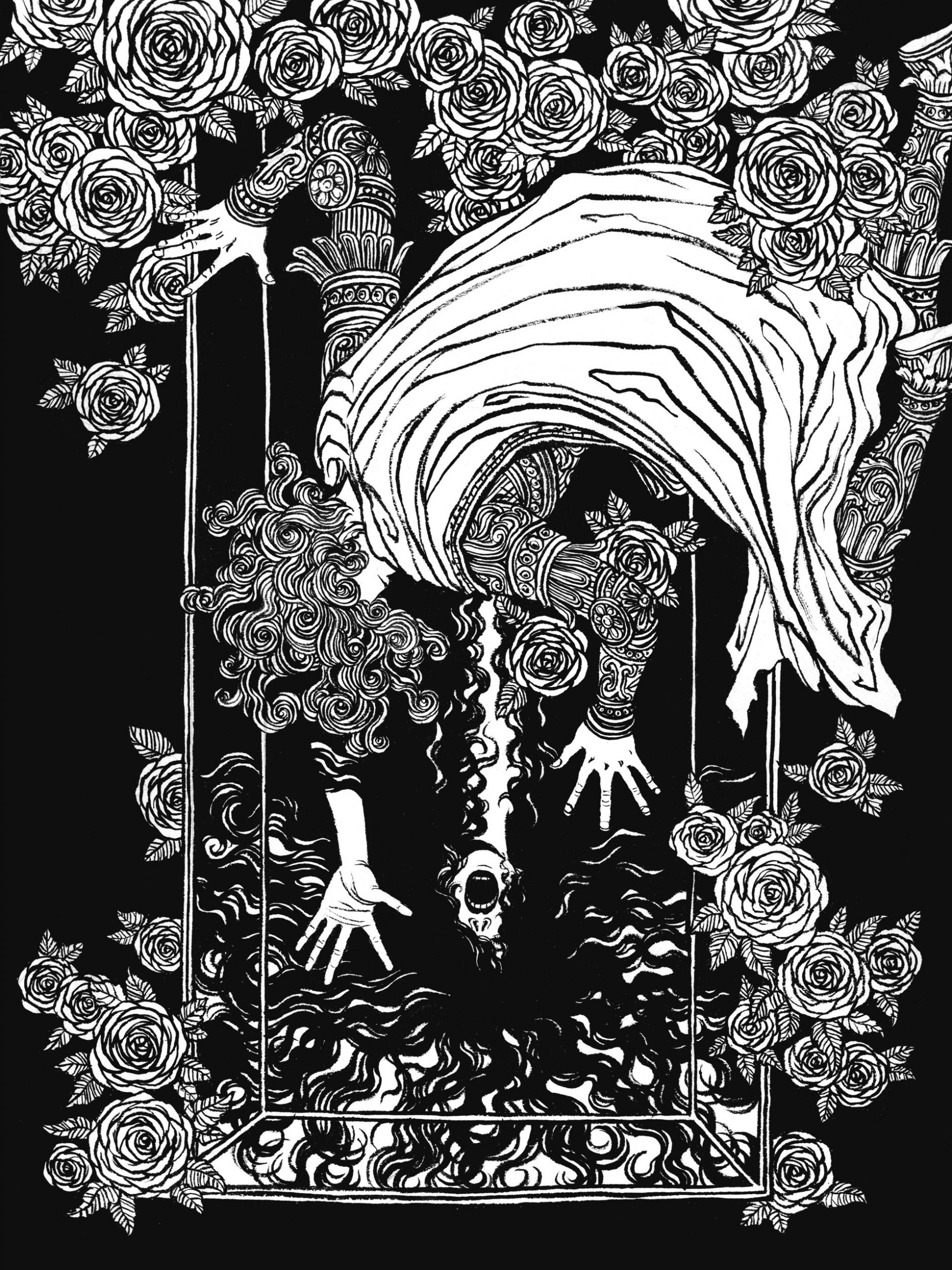A Wild Swan and Other Tales, Michael Cunningham: What Snow White did next ... the happily-ever-aftermath, book review
As Cunnigham questions the traditional happy endings of fairy tales, there are no grand conclusions or magical cure-alls to be seen in his new collection of stories

Your support helps us to tell the story
From reproductive rights to climate change to Big Tech, The Independent is on the ground when the story is developing. Whether it's investigating the financials of Elon Musk's pro-Trump PAC or producing our latest documentary, 'The A Word', which shines a light on the American women fighting for reproductive rights, we know how important it is to parse out the facts from the messaging.
At such a critical moment in US history, we need reporters on the ground. Your donation allows us to keep sending journalists to speak to both sides of the story.
The Independent is trusted by Americans across the entire political spectrum. And unlike many other quality news outlets, we choose not to lock Americans out of our reporting and analysis with paywalls. We believe quality journalism should be available to everyone, paid for by those who can afford it.
Your support makes all the difference.The question of what follows a beloved hero’s happily-ever-after has dogged writers for decades. Angela Carter, Philip Pullman, even Stephen Sondheim; the appeal of the fairy tale as inspiration for adaptation, continuation and pastiche is, for many writers, difficult to resist.
With unhappily married Cinderellas and bestial Red Riding Hoods, some darker adaptations may lead to discomfort for those who miss their days of childhood innocence. But in A Wild Swan And Other Tales, the new collection from Michael Cunningham, the legacy of these stories is safe in sensitive and skilful hands.
In his 1998 novel The Hours, Cunningham took Virginia Woolf’s Mrs Dalloway and remoulded her, considering her influence on the author who created her, the housewife who reads about her, and the New York woman who has always been compared to her.
The novel, which won a Pulitzer Prize and was made into an Oscar-winning film starring Nicole Kidman and Meryl Streep, was an intelligent, affecting re-imagining, so it is no wonder that Cunningham seems so comfortable interpreting pre-existing stories. Last year, he was inspired by Hans Christian Andersen in his nuanced novel The Snow Queen, but now he branches out with 10 tales presenting new angles on the familiar accounts of our youth.

In the story which gives the collection its title, we are reminded of Andersen again, and his 12 tragic princes turned into swans but returned to form by their loyal sister’s magic. In the original, the twelfth brother’s transformation is incomplete, and he is left with an expansive wing in place of an arm. Andersen, conveniently, stops there. But it is here where Cunningham begins: how can a prince with such a deformity and no transferable skills function in society? How can he live among the 11 brothers who no longer share his affliction? How can he have his happy ending? The answer seems to be that he can’t: he must simply tolerate the difficulties of his curse and find comfort in solitude.
In this story, as in most of Cunningham’s versions, there are no grand conclusions or magical cure-alls. The old woman living in a secluded house builds the cottage of icing and sugar in the simple, naive hope that the people of the town may be attracted by the sights and smells, alleviating her of her crippling loneliness. Instead, she is set upon by a pair of cruel children, a millennial Hansel and Gretel with piercings and murderous intentions. Jack, after making his fortune from plundering the giant’s castle, descends into a life of destructive greed and disdain for his mother. And the handsome prince who saved Snow White from death-by-apple can’t quite leave behind the memories of his curious lust at finding a beautiful woman inert and vulnerable in her lidded coffin.
Cunningham’s interpretations of the much-loved stories vary from prequels and sequels to mere retellings, and his versions are subtle and satisfying, the tone understated and sharp. The complex relationships between husbands and wives, mothers and sons, brothers and sisters are explored rigorously. There are also smart twists in the tales, clever diversions which provide new talking-points in the ancient conversations, but they seem completely natural. Somehow, his new features feel as if they have always belonged, to the extent that, on reflection, it is difficult to remember where the old ends and the new begins and, tying everything together, are striking black and white illustrations from Yuko Shimizu, revealing something new with each glance.
The many writers who have taken inspiration from the work of the Brothers Grimm, Andersen and Leprince de Beaumont deliver their interpretations on a wide spectrum. So, those seeking darkened versions of the classics or a series of sensational, magical events may be left disappointed by this slim book. It is an adult book, yes, but still relatively tame, as realistic as one can be in stories of beasts and beanstalks, and vaguely reminiscent of the modern fairy tales imagined by Audrey Niffenegger in Raven Girl or The Three Incestuous Sisters.
Imitation may be the sincerest form of flattery, but there is something more here than just an adaptation: fairy tales have always been passed on, shared around a blazing fire or read from much-thumbed volumes. Every family has its own quirks, its unique additions made without thought and shared with generations, and in A Wild Swan Cunningham has achieved this same feat: in giving new voices to old characters, shedding light on those in the shadows, he has breathed life into the tales held so dear, and reminds us why we loved them so much all along. “Happily Ever After” may be a fallacy but in these fairy tales we are reminded that life, for all its tragedies, must go on regardless.
A Wild Swan and Other Tales, by Michael Cunningham, illustrated by Yuko Shimizu. Fourth Estate £14.99
Join our commenting forum
Join thought-provoking conversations, follow other Independent readers and see their replies
Comments